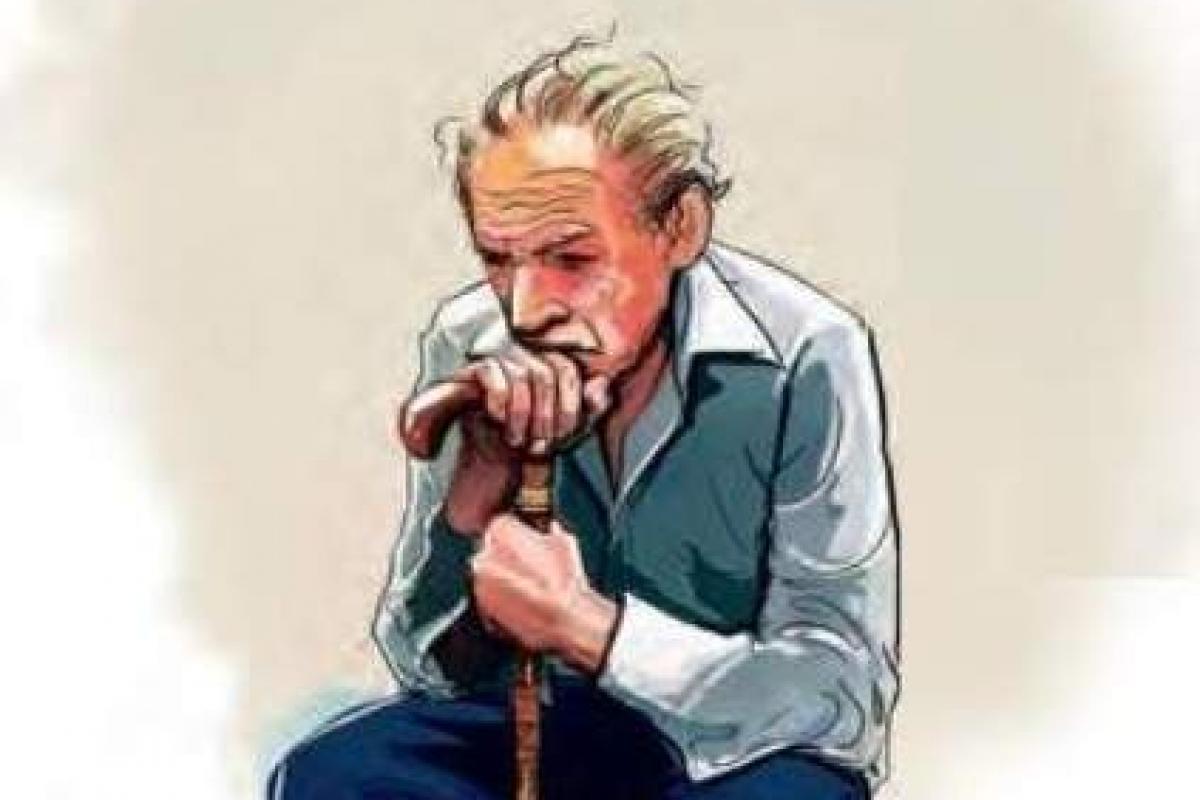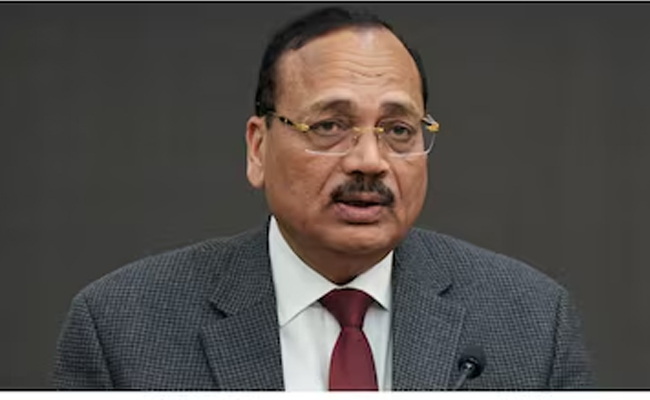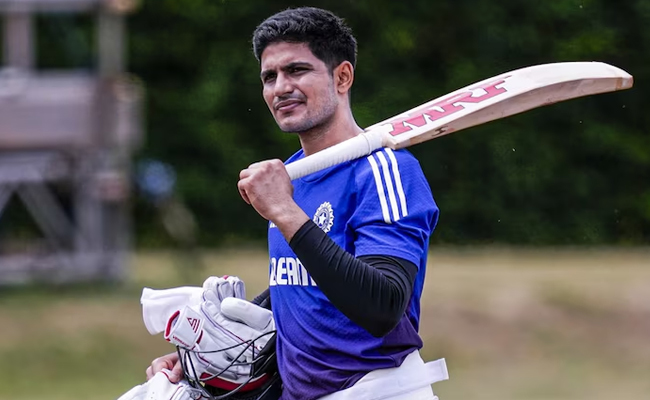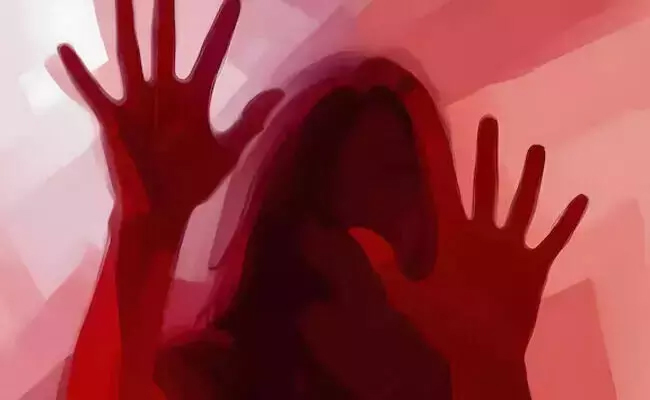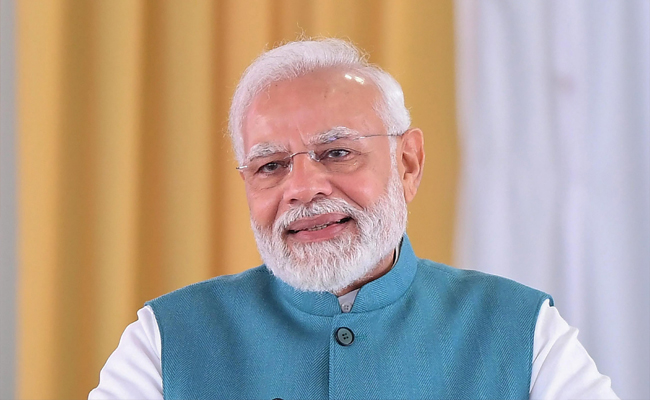“Old roots, new shoots, beautiful tree” – this line composed by a poet is a celebration of the essence of life. A society that forgets its elders has no future. The elders have a share in everything that we are experiencing today. It is our duty to carry forward to our children the legacy of our elders. A trunk cannot grow by neglecting the roots, and our new generations owe a lot to their elders and have duties and responsibilities towards them.
Unfortunately, we call our elders old and infirm. They are being considered a burden on society. In several countries including China, elders have become a huge problem. Due to the one-child policy in China, the population of youth has decreased while the population of elders has increased, and the elders therefore have become a burden for that country.
During the COVID pandemic, many western countries including China tried everything to reduce their burden as a result of which, elders died in large numbers. Only time will tell if these elders died due to the Coronavirus or the Coronavirus arrived to take these elders away. But the harsh reality is that many countries used Coronavirus as a pretext to reduce the burden of the elders.
India has the highest regard for its senior citizens and elders and respecting its elders is an integral part of the country’s culture. But merely respecting them doesn’t help them lead a good life. Today, a generation is before us that enrolls elders in old-age homes. The main reason for this being the loss of economic freedom of the aged person who had till then taken care of the family.
Today, the children don’t show the same love and affection towards their fathers and mothers as much as they show towards the cow. The government that wastes crores of rupees on opening cow shelters is not yet ready to take suitable actions and ensure the aged citizens spend their last days in their homes. It has handed over this responsibility entirely to families.
If the government comes forward to provide a small pension to all the elderly who are living, the lives of elderly would become bearable. It seems that the government does not consider them even worthy of leading bearable lives as it appears that nobody has asserted that the goddesses who live in the bodies of cows also live in elders! Perhaps, this is the reason why the government has become blind towards the fate of elders who are being pushed to old age homes in other words slaughterhouses.
In this country, only 10 percent of senior citizens are beneficiaries of regular and legitimate pensions. Most of them have served in government departments, armed forces, or similar such organized sectors. The remaining 90 percent of senior citizens don’t receive a pension or receive the very meager amount as a pension.
The Centre’s main program for providing basic infrastructure facilities for senior citizens of the unorganized sector is The National Social Assistance Programme (NSAP). Out of the eight crore senior citizens belonging to the unorganized sector, only two crore senior citizens are beneficiaries of this program. For this program, Rs 8,516 crore was allocated for the year 2020-2021. It is obvious that the allocation has been made without considering the rate of inflation. The senior citizens who are in need of financial aid are not getting pensions. Those who availed of pension earlier also are facing several obstacles such as rules around the provision of Aadhar Card, Biometric identification, and other such cumbersome processes.
Besides NSAP, there are several programs for workers of the unorganized sector but the budgetary allocations for these programs are minuscule. Given this background, almost six crore senior citizens are still awaiting pension. Small farmers are also deprived of the government’s pension scheme.
As part of the NSAP program, senior citizens have been grouped in the age group of 60-79 years and 40 years and above. The Central government provides Rs 500 for those who fall in the second group. But the number of senior citizens in the first group is large and the government is giving them only Rs 200.
This, when crores of rupees are being wasted for cow shelters and salaries and allowances of senior officials and politicians are regularly increasing. Even as the number of billionaires in the country has increased more than ever before, the pension provided by the Centre for senior citizens who have worked for the last four decades from morning to night is only Rs 200. And only 72 percent of senior citizens are receiving this benefit.
This amount fixed 10 years ago has not been revised despite several demands, protests, and recommendations. The value of this amount is actually only a meager Rs 10 in the present-day context. State governments also contribute to this amount provided by the Centre. Small states such as Kerala, Goa, Delhi, and others have increased their share and pay a pension of Rs 2000 to senior citizens.
But the contribution of states that have a large number of senior citizens has also reduced. This meager pension is also not being released in time and senior citizens have to spend a lot of time and money to use the amount. The grievance redressal system is also very inefficient.
The government should therefore let the farmers take the responsibility of cows and cattle and try to improve the lives of senior citizens and the elderly. The amount reserved for cow shelters should be used for this purpose. The government should also increase the budgetary allocation for the welfare of senior citizens. Only if roots are strong can shoots grow; if a tree forgets its roots, how can it grow new shoots?
Let the Truth be known. If you read VB and like VB, please be a VB Supporter and Help us deliver the Truth to one and all.
Jaisalmer (PTI): Pushing for a "unified judicial policy", Chief Justice of India Surya Kant on Saturday said technology can help align standards and practices across courts, creating a "seamless experience" for citizens, regardless of their location.
He said high courts -- due to the federal structure -- have had their own practices and technological capacities, and "regional barriers" can be broken down with technology to create a more unified judicial ecosystem.
Delivering the keynote address at the West Zone Regional Conference in Jaisalmer, Kant proposed the idea of a "national judicial ecosystem" and called for an overhaul of India's judicial system with the integration of technology.
"Today, as technology reduces geographical barriers and enables convergence, it invites us to think of justice not as regional systems operating in parallel, but as one national ecosystem with shared standards, seamless interfaces, and coordinated goals," he said.
He emphasised how the role of technology in the judiciary has evolved over time.
"Technology is no longer merely an administrative convenience. It has evolved into a constitutional instrument that strengthens equality before the law, expands access to justice, and enhances institutional efficiency," he said, highlighting how digital tools can bridge gaps in the judicial system.
Kant pointed out that technology enables the judiciary to overcome the limitations of physical distance and bureaucratic hurdles.
"It allows the judiciary to transcend physical barriers and bureaucratic rigidities to deliver outcomes that are timely, transparent and principled," he said, adding that the effective use of technology can modernise the delivery of justice and make it more accessible to citizens across the country.
The CJI called for implementing a "unified judicial policy".
He said India's judicial system has long been shaped by its federal structure, and different high courts have their own practices and technological capacities.
"India's vast diversity has led to different high courts evolving their own practices, administrative priorities and technological capacities. This variation, though natural in a federal democracy, has resulted in uneven experiences for litigants across the country," he said.
Kant underscored that predictability is crucial for building trust in the judicial system.
"A core expectation citizens place upon the courts is predictability," he said, adding that citizens should not only expect fair treatment but also consistency in how cases are handled across the country.
He pointed to the potential of technology in improving predictability.
"Technology enables us to track systemic delays and make problems visible rather than concealed," he said.
By identifying areas where delays occur, such as in bail matters or cases involving certain types of disputes, courts can take targeted action to address these issues and improve efficiency, Kant said.
The CJI explained that data-driven tools could identify the reasons behind delays or bottlenecks, allowing for faster, more focused solutions.
"Technology enables prioritisation by flagging sensitive case categories, monitoring pendency in real time and ensuring transparent listing protocols," he said.
Justice Surya Kant also discussed the importance of prioritising urgent cases where delays could result in significant harm. He highlighted his recent administrative order that ensures urgent cases, such as bail petitions or habeas corpus cases, are listed within two days of curing defects.
"Where delay causes deep harm, the system must respond with urgency," he stated, explaining that technology can help courts identify and expedite such cases.
Kant also raised the issue of the clarity of judicial decisions.
He noted that many litigants, despite winning cases, often struggle to understand the terms of their judgment due to complex legal language.
"Although the orders had gone in their favour, they remained unsure of what relief they had actually secured because the language was too technical, vague or evasive to understand," he said.
He advocated for more uniformity in how judgments are written.
"A unified judicial approach must therefore extend to how we communicate outcomes," he said.
The CJI also discussed the role of AI and digital tools in improving case management. He pointed to the potential of AI-based research assistants and digital case management systems to streamline judicial processes.
"Emerging technological tools are now capable of performing once-unthinkable functions. They can highlight missing precedent references, cluster similar legal questions, and simplify factual narration," he said, explaining how these technologies can help judges make more consistent decisions.
He also highlighted tools like the National Judicial Data Grid and e-courts, which are already helping to standardise processes like case filings and tracking.
Kant reiterated that the integration of technology into the judicial process is not just about improving efficiency but about upholding the integrity of the system and strengthening public trust.
"The measure of innovation is not the complexity of the software we deploy, but the simplicity with which a citizen understands the outcome of their case and believes that justice has been served," he said.

